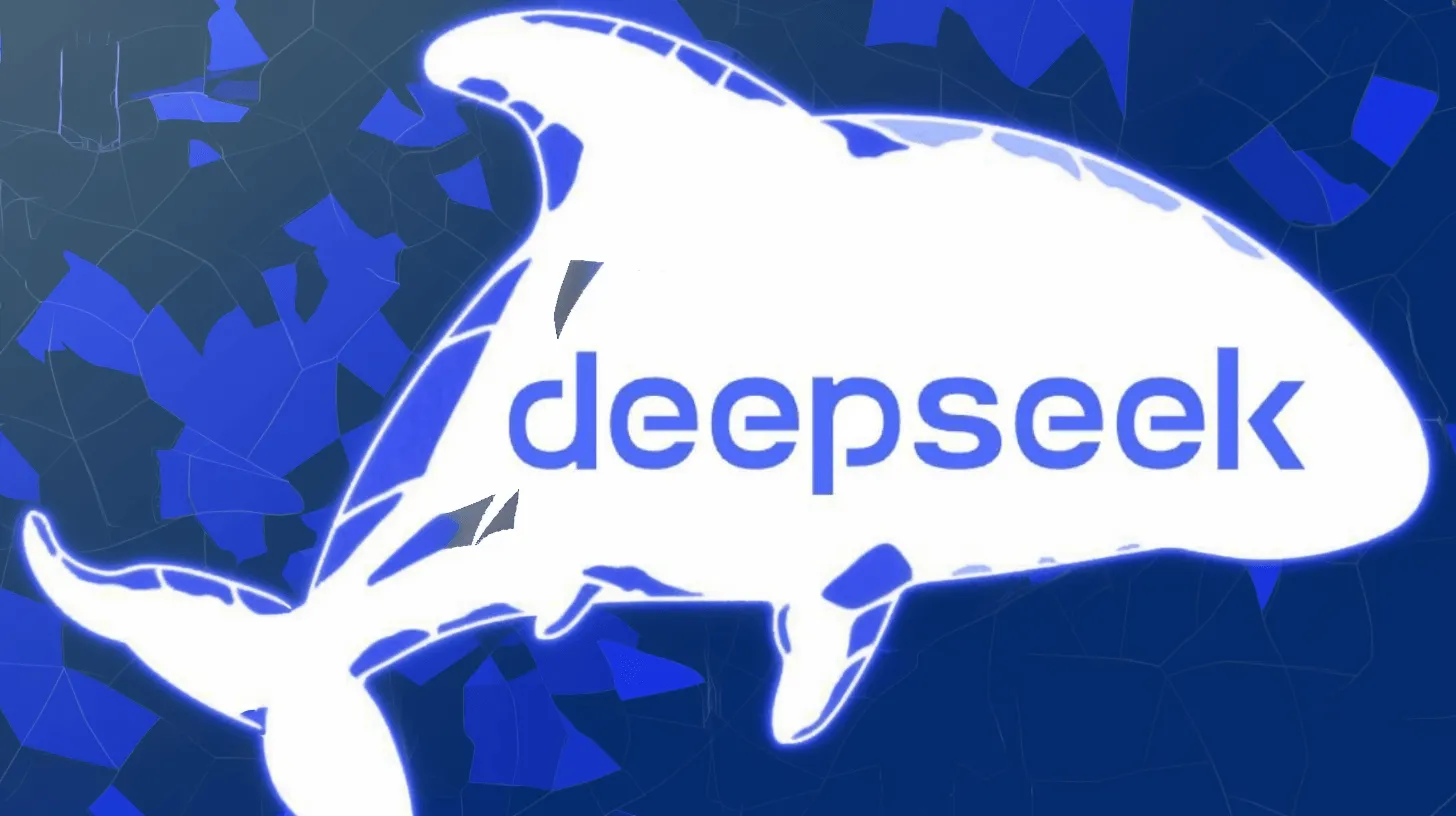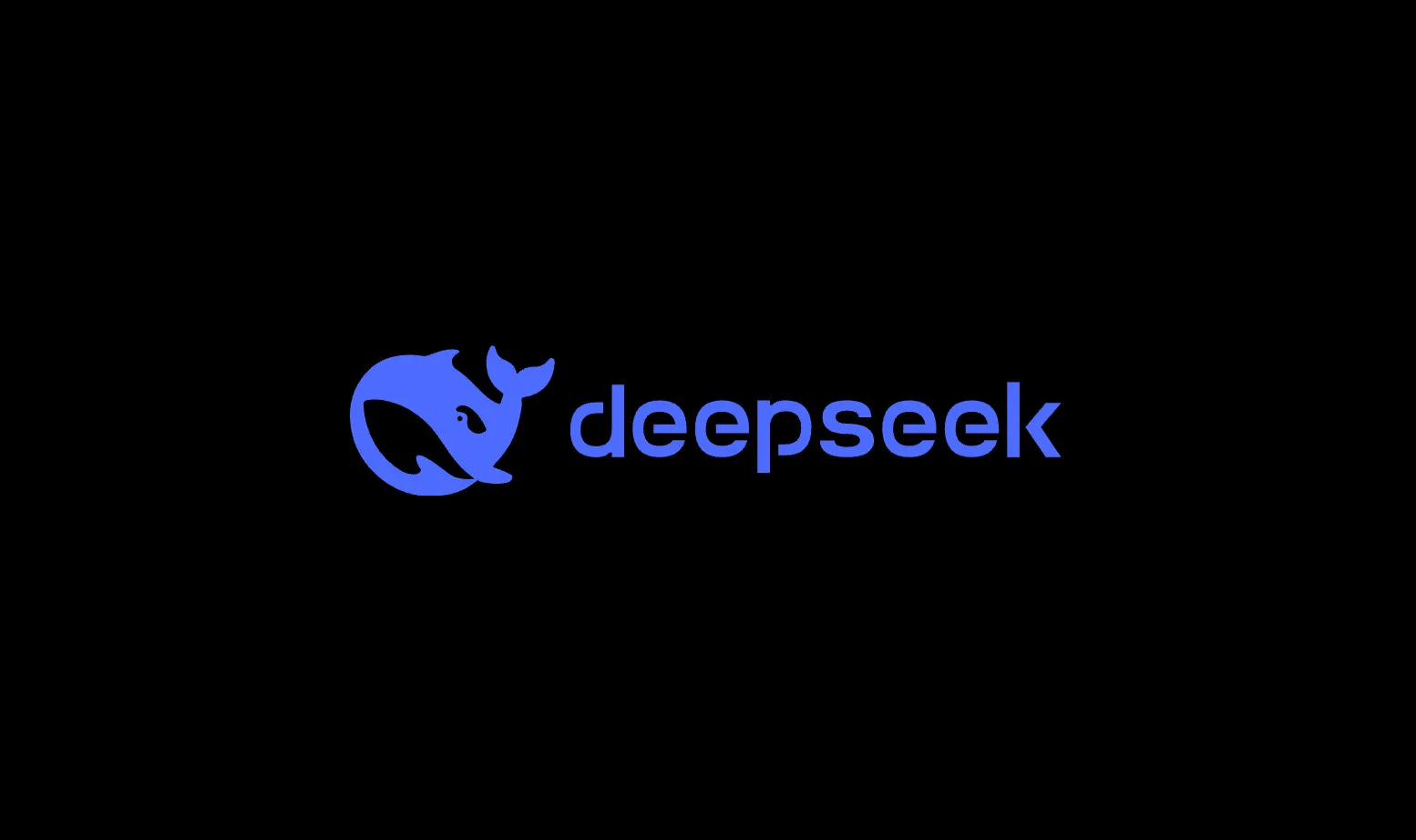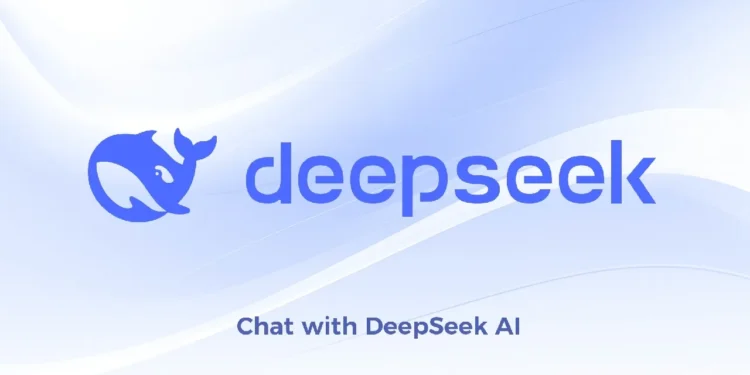DeepSeek, an AI firm known for its innovative approaches, recently unveiled its latest model, DeepSeek V3. This model is not only a testament to technological advancement but also a significant player in the realm of “open” AI models, which are freely available for modification and commercial use. Developers around the globe can now harness this powerful tool for a variety of applications, ranging from coding and translating to crafting detailed essays and emails.

What sets DeepSeek V3 apart is its performance. In internal benchmark testing, this model has outshone both its “openly” available and “closed” counterparts. In specific coding competitions on platforms like Codeforces, DeepSeek V3 has demonstrated superior capabilities, outperforming notable models such as Meta’s Llama 3.1 405B, OpenAI’s GPT-4o, and Alibaba’s Qwen 2.5 72B.
Technological Superiority and Challenges
DeepSeek V3 is not just about raw power; it’s about the integration of massive datasets and cutting-edge hardware. The model was trained on a staggering 14.8 trillion tokens, which in the world of data science, represents an enormous volume of raw data. Moreover, with 671 billion parameters — 1.6 times the size of Llama 3.1 405B — DeepSeek V3’s capacity for learning and decision-making is unmatched.
However, such a large model comes with its own set of challenges, notably the need for high-end GPUs to operate efficiently. The practicality of deploying DeepSeek V3 in everyday scenarios might be limited due to these hardware requirements. Despite these hurdles, the achievements of DeepSeek in developing this model with a relatively modest budget of $5.5 million — and within the constraints of recent U.S. restrictions on GPU procurement — are nothing short of impressive.

Political Sensitivities and Market Impact
While DeepSeek V3 excels in many technical arenas, it operates under the strict oversight of China’s internet regulators, ensuring that the model’s outputs align with core socialist values. This means that certain politically sensitive topics, like Tiananmen Square, are off-limits for the model, showcasing the complex interplay between technology and governance.
DeepSeek’s backing comes from High-Flyer Capital Management, a Chinese quantitative hedge fund that not only invests in AI but also develops its infrastructure. The firm’s latest server clusters, powered by thousands of Nvidia A100 GPUs, underscore the serious commitment and financial backing behind DeepSeek’s ambitions to lead in the AI domain.

Looking Forward
As AI continues to shape industries and societies, models like DeepSeek V3 represent the dual edges of innovation and challenge. While offering unprecedented capabilities and accessibility, they also pose significant ethical and practical questions. As Liang Wenfeng, the founder of High-Flyer, suggests, the era of closed-source AI dominance might be waning, with open models like DeepSeek V3 leveling the playing field.
In the grand scheme of AI development, DeepSeek V3 is more than just a technological marvel; it’s a catalyst for broader discussions on the future of AI, open-source technology, and the global dynamics of tech leadership. As we move forward, the impact of such models will undoubtedly reverberate across multiple sectors, prompting both opportunities and debates in equal measure.










